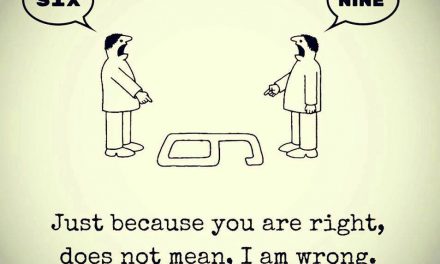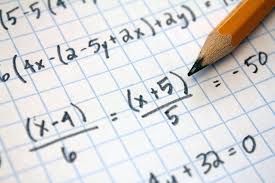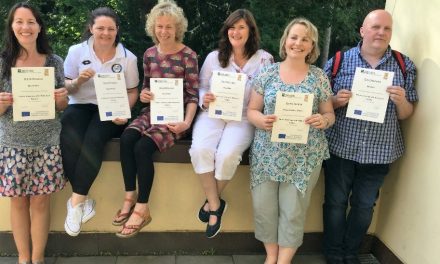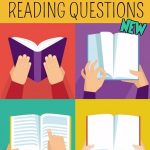Teach maths vocabulary
Maths has a language – enough to create its own dictionary. Students need this terminology to make progress with maths. Get familiar with maths vocabulary and jargon so that maths words in your topic jump out and beg to be explored with your students. Teach their pronunciation, meaning and spelling. Put them into context and give practice in using them. It may be only one word in the lesson but that’s OK. Many people have a narrow view of what maths language is.
Some ideas for putting this into practice.
Opposites that we use in everyday language are an important basic maths concept – back/ front, left/ right, length/ breadth, short/tall, positive/negative, horizontal/vertical, forward/backward…..
Symbols and abbreviations in maths are everywhere – teach their meaning when you encounter them. For example 1 Kg is called ‘one kilo’ just as 1lb is called ‘one pound’. What is a set? What does average mean? Where did a.m. and p.m. come from? Interest in the origins of language can help words to stick. Watch for opportunities to name shapes, to understand what three dimensions are, to point out angles, learn what a sequence is and to recognise symmetry and tessellation when they crop up. Discuss why we use tables and charts and practice reading and creating them. Reading and creating charts is an important skill used even in the most menial jobs.
Choose themes with maths in them
We all use themes as a vehicle for delivering literacy lessons. Local history, hot topics in the news, health and fitness, nutrition, sport, family tree, gardening, the weather….. all have the possibility to include numeracy.
Many students are interested in health and fitness
Example topic: Should we be reaching for that energy drink?
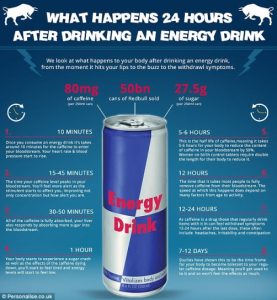
Many of us use sports and energy drinks. Discussion, research, literacy and numeracy all come into this topic. Explore how students handle big numbers, what they know about units of metric weight and measurement and percentages in real terms.
Source:
http://www.dailymail.co.uk/femail/food/article-3196220/What-happens-body-24-hours-drink-Red-Bull.html
Explore literature with a basic mathematical theme
Look out for books that have a maths theme. Again, rouse student’s imagination and interest in these maths themes by having conversations, expanding their knowledge and building on it.
Some ideas:
The Curious Incident of the Dog in the Night-Time – novel by Mark Haddon. Christopher Bone, the main character, has a fascination with prime numbers.
A Tree Grows in Brooklyn – novel by Betty Smith. The theme is family connectedness and relationships. This book provides an opportunity to explore the meaning of relationships in general and to extend it to maths.
Enigma – 2001 film starring Kate Winslet and Dougray Scott on use of numbers during WW2 to create and break code. This provides an opportunity to look at how numbers are used in systems, what binary numbers are and how they are all connected to computers.
The Diary of Anne Frank – Create a time line of Anne’s life.
Explore the lives of some famous mathematicians:
Pythagoras, test out his theorem in practice and discuss where it is used today.
Fibonacci and his number sequences. What are they and where are they used?
Archimedes – his pi theory is constantly in use. Examine interesting facts about circles and test his theory with string. How does it work out in practice?
For tutors who aren’t comfortable with maths the challenge is to find a way to embrace it and to develop ‘maths eyes’. Make a start by exploring what students what they know about a maths topic. You can follow this up by refreshing yourself on the topic and preparing for the next lesson. Remember you don’t need to be an expert, just one step ahead of your students. Interacting with other tutors will help to spark ideas about suitable approaches and ways of expanding a topic. You may be pleasantly surprised at the satisfaction you will derive from having prepared a lesson that engaged your students, had real substance and where you were learning yourself.


